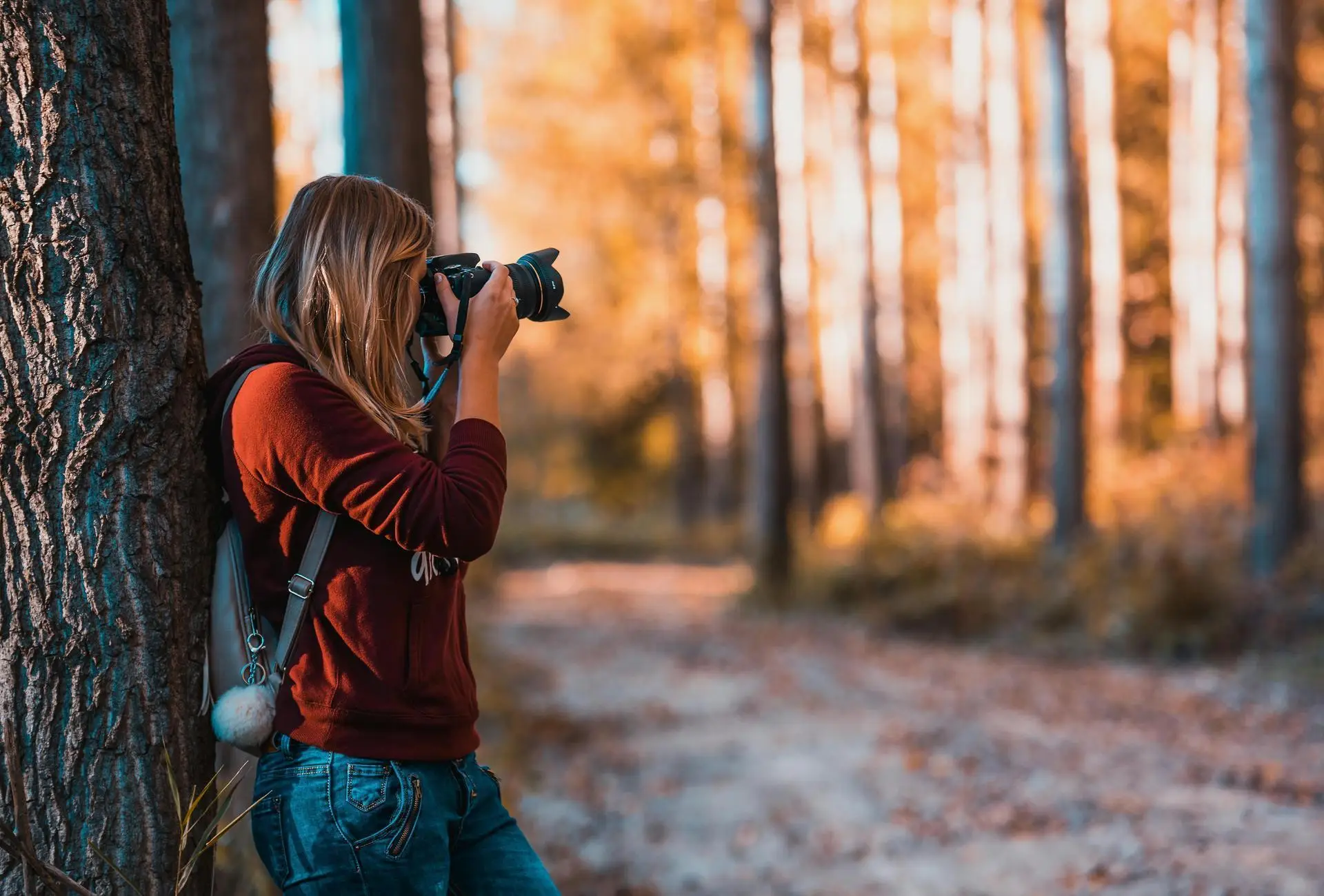How to Tell a Story Through a Single Photograph
Photography has the unique ability to freeze a moment in time and convey emotions, ideas, and narratives without the need for words. A single photograph can tell a powerful story, capturing the essence of a scene, a person, or an event, and leaving a lasting impression on the viewer. However, creating a photo that tells a compelling story requires more than just technical skill; it requires intentionality, creativity, and an understanding of visual storytelling techniques.
This article explores how photographers can craft meaningful narratives through a single image, offering insights into composition, emotion, context, and the use of light and color to create impactful stories.
The Power of Visual Storytelling
At its core, storytelling through photography is about evoking emotions and sparking curiosity. A photograph that tells a story goes beyond aesthetics—it engages the viewer, invites interpretation, and creates a connection.
Why storytelling matters in photography:
- Emotional resonance: Photos that tell a story evoke feelings such as joy, sadness, or nostalgia, making them more memorable.
- Viewer engagement: A well-crafted story draws the viewer in, encouraging them to spend more time analyzing the image.
- Universal language: Unlike words, photographs transcend language barriers, allowing stories to be understood by a global audience.
Storytelling transforms a photograph from a simple image into a meaningful experience, leaving a lasting impact on the viewer.
Choosing the Right Subject
To tell a compelling story through a single photograph, it is essential to choose a subject with depth and meaning. The subject should capture the essence of the story you want to convey, whether it’s a person, a place, or an object.
Tips for selecting a strong subject:
- Focus on emotion: Subjects that evoke strong emotions, such as a child’s laughter or a weathered face, create an immediate connection with the viewer.
- Highlight uniqueness: Look for subjects that stand out due to their character, context, or rarity.
- Consider relationships: Subjects that interact with their environment or other elements in the frame often tell richer stories.
A carefully chosen subject is the foundation of a photo that resonates and communicates meaning.
The Role of Composition in Storytelling
Composition plays a crucial role in guiding the viewer’s eye and emphasizing the key elements of a story. Thoughtful framing and arrangement of elements within the photo can enhance the narrative and create a sense of balance and flow.
Key compositional techniques for storytelling:
- Rule of thirds: Placing the subject off-center creates a dynamic composition that draws the viewer’s eye.
- Leading lines: Use natural lines, such as roads, fences, or shadows, to guide the viewer’s gaze toward the focal point.
- Framing: Incorporate elements like windows, doorways, or arches to frame the subject and add context.
- Negative space: Leaving empty space around the subject can emphasize its importance and evoke a sense of isolation or simplicity.
By mastering composition, photographers can direct the viewer’s attention and enhance the emotional impact of the story.
Capturing Emotion and Expression
Emotion is at the heart of every compelling story. A single photograph can convey a wide range of emotions, from joy and love to sorrow and fear, making it a powerful medium for storytelling.
How to capture emotion effectively:
- Focus on facial expressions: A smile, a tear, or a furrowed brow can speak volumes about the subject’s feelings.
- Highlight body language: Gestures, posture, and movement can reveal emotions and add depth to the story.
- Be patient: Wait for the right moment to capture genuine, unguarded emotions that resonate with viewers.
Photographs that evoke emotion create a deeper connection with the audience, making the story more relatable and impactful.
Using Light and Color to Enhance the Narrative
Light and color are powerful tools in photography that can set the mood and reinforce the story. The way light interacts with the subject and the choice of colors in the frame can evoke specific emotions and guide the viewer’s interpretation.
Ways to use light and color for storytelling:
- Natural light: Soft, golden-hour light creates a warm and nostalgic mood, while harsh midday light can convey intensity or drama.
- Shadows and contrast: Play with light and shadow to add depth and mystery to the image.
- Color psychology: Use colors strategically—for example, red for passion, blue for calmness, or yellow for happiness.
- Monochrome: Black-and-white photography strips away distractions, focusing attention on texture, emotion, and composition.
Mastering light and color allows photographers to amplify the story’s emotional tone and create a visually compelling image.
Providing Context Through Details
A single photograph can tell a complete story when it includes enough context to spark the viewer’s imagination. Small details within the frame can provide clues about the setting, characters, and events, enriching the narrative.
How to include context in your photos:
- Environmental elements: Incorporate the surroundings to give the viewer a sense of place and time.
- Props and objects: Items like books, tools, or clothing can hint at the subject’s personality or the story’s theme.
- Juxtaposition: Place contrasting elements in the frame to create tension or highlight differences.
By paying attention to details, photographers can create layers of meaning that invite viewers to explore the story further.
The Importance of Timing in Storytelling
Timing is everything when it comes to capturing a story in a single photograph. The decisive moment—the split second when all elements come together—is often what makes a photo truly memorable.
How to master timing:
- Anticipate the moment: Observe your subject closely and predict when the most impactful moment will occur.
- Be ready: Keep your camera settings optimized and your finger on the shutter to react quickly.
- Embrace spontaneity: Sometimes, unplanned moments result in the most authentic and powerful stories.
Perfect timing can transform an ordinary photo into an extraordinary story, capturing the essence of the moment.
Encouraging Viewer Interpretation
A great storytelling photograph leaves room for interpretation, allowing viewers to engage with the image on a personal level. Rather than spelling out every detail, hint at the story and let the audience fill in the gaps.
Ways to encourage interpretation:
- Use ambiguity: Include elements that spark curiosity, such as a mysterious shadow or an unfinished action.
- Focus on universal themes: Stories about love, loss, or adventure resonate with a wide audience and invite personal connections.
- Avoid over-editing: Keep the photo natural and authentic, allowing the story to shine through without distractions.
By leaving space for imagination, photographers can create stories that are not only memorable but also deeply personal to each viewer.
Crafting Memorable Stories Through Photography
Telling a story through a single photograph is both an art and a skill. It requires a thoughtful combination of subject, composition, emotion, light, and context to create an image that resonates and lingers in the viewer’s mind. Whether capturing candid moments, experimenting with creative techniques, or focusing on the subtle details, photographers can craft powerful narratives that speak volumes without a single word.
By embracing the principles of visual storytelling, photographers can transform their work into meaningful, impactful art that leaves a lasting impression.










